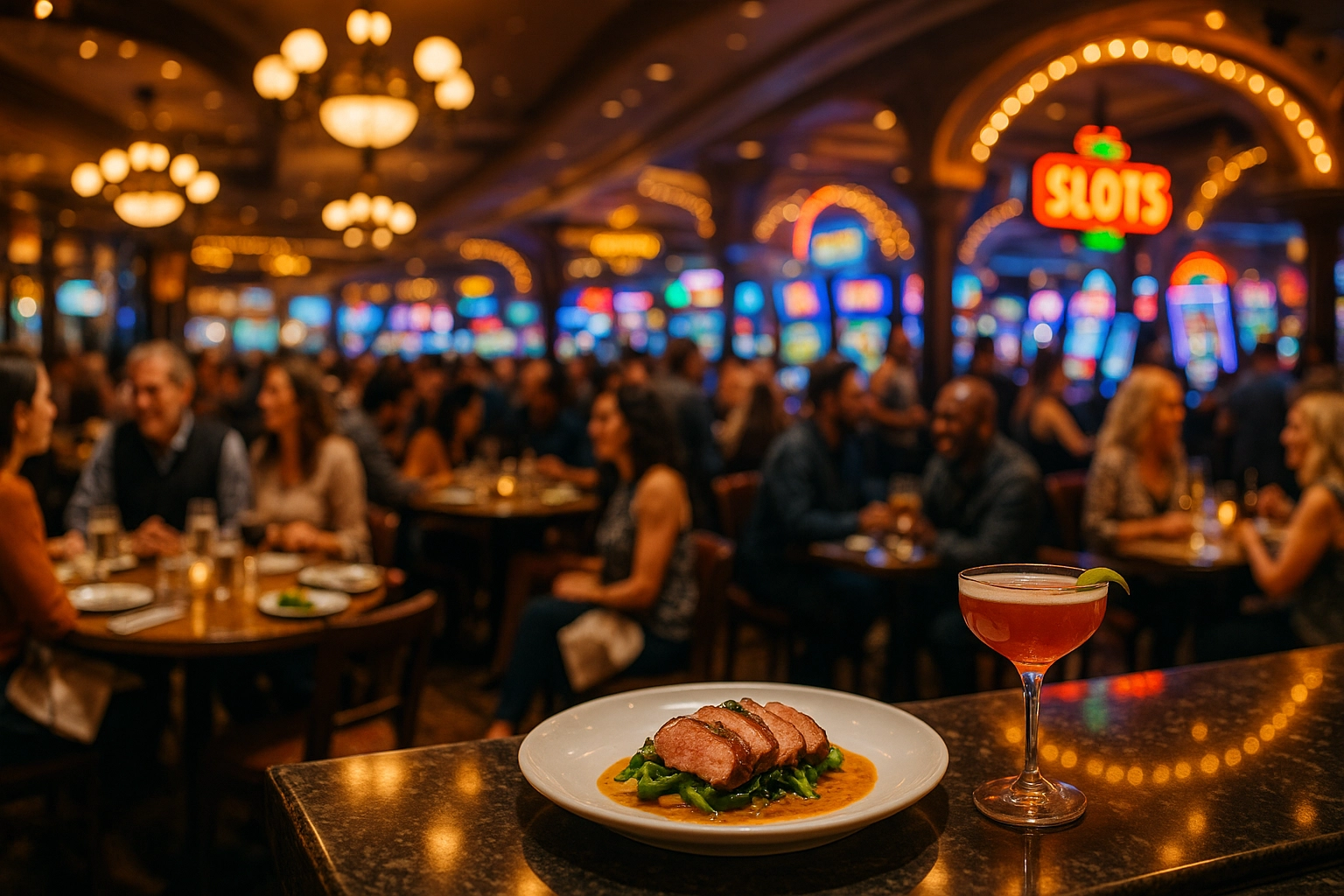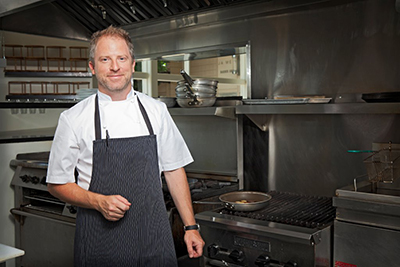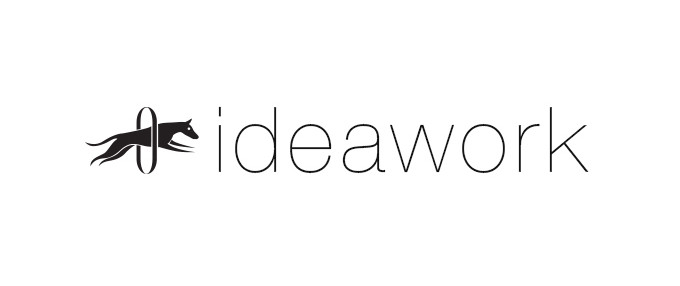Las Vegas has always been synonymous with excess, entertainment, and endless opportunities. But in 2025, the city that never sleeps is experiencing what many industry experts are calling its most significant downturn since the 2008 financial crisis. The numbers don’t lie: visitor counts are plummeting, restaurants are closing, and the hospitality industry that built this desert oasis is fighting for survival.
For food and beverage professionals watching from the sidelines, Vegas’s struggles offer a sobering glimpse into how quickly market dynamics can shift: and what happens when pricing strategies lose touch with consumer reality.
The Numbers Behind the Decline
The scale of Vegas’s tourism collapse is staggering. Through July 2025, the Strip attracted approximately 22.6 million visitors: a devastating 8% drop from the 24.6 million who visited during the same period in 2024. That’s 2 million fewer guests walking through casino floors, dining in restaurants, and spending money on entertainment.
Gaming revenue at Strip resorts has declined in four of the last seven months, remaining essentially flat compared to 2024 levels. This represents the worst economic performance the city has seen in over 15 years, despite previous optimism from casino executives about the market’s resilience.

For context, this isn’t just a minor dip: it’s a fundamental shift that’s reshaping how the entire hospitality ecosystem operates in America’s entertainment capital.
The Human Cost: Layoffs and Hiring Freezes
The ripple effects are hitting food and beverage workers hardest. The Culinary Union, representing tens of thousands of Strip workers, reports widespread staffing reductions across major properties. Secretary-Treasurer Ted Pappageorge noted that companies are implementing hiring freezes and reducing hours, particularly affecting the 25% of union members who work part-time in major hotels.
“Companies are looking to make further reductions while increasing workloads for remaining employees,” Pappageorge warned. This creates a dangerous cycle where reduced service quality could further impact the visitor experience, potentially accelerating the decline.
Restaurant managers and food service directors are facing impossible choices: maintain service standards with skeleton crews or risk further damage to their brand reputation. Many are opting for reduced operating hours, simplified menus, and scaled-back service models just to survive.
Why Vegas Lost Its Mojo: The Pricing Problem
Ask longtime visitors why they’re staying away, and the answer is consistently the same: Vegas has priced itself out of reach for middle-class America.
Cleveland residents Tom and Esther McElhinney, who have vacationed in Vegas regularly for 25 years, perfectly captured the sentiment: “The food is expensive, hotels are expensive. You used to be able to play $5 blackjack everywhere, but now everything is high. The allure here is gone. Vegas is really pricing people out.”
This pricing crisis extends throughout the food and beverage landscape. Casual dining restaurants that once offered $12-15 entrees are now charging $25-30 for similar dishes. Cocktails that were $8-10 pre-pandemic now regularly cost $18-22. Resort fees, parking charges, and inflated menu prices have transformed what was once an accessible escape into a luxury experience many can no longer afford.

Vintage Vegas Is Back: Fremont Street and The Arts District
Vintage Vegas neighborhoods—especially Fremont Street and The Arts District—are seeing an uptick in business as value-minded travelers and locals seek more realistic pricing on rooms, dining, and entertainment. Transparent menus, fair cocktail pricing, and low- or no-fee experiences are pulling spend away from the Strip while keeping the classic Vegas energy alive across independent restaurants, bars, breweries, and galleries.
For food and beverage operators, this shift is translating into healthier midweek covers, stronger bar revenue, and more resilient demand among locals and repeat visitors. It’s a clear signal that right-sized pricing still wins in the hospitality industry—and that F&B concepts delivering value, authenticity, and service can thrive even in a down market.
However, there’s a cautionary note: as executives from Strip properties shift their employment to these areas, there’s a risk they could disrupt the unique, local vibe and ‘bring down the house.’ Importing high-fee models, tourist-only programming, or corporate playbooks could dilute what makes these districts work. The opportunity—and responsibility—for operators is to protect neighborhood character with transparent pricing, local partnerships, and community-first programming.
Economic Headwinds Beyond Vegas
The challenges facing Las Vegas reflect broader economic pressures affecting the entire hospitality industry. Jeremy Aguero from Applied Analysis identifies several contributing factors:
- Record-high debt levels among American consumers
- Persistently low consumer confidence since the pandemic
- International conflicts influencing travel decisions
- Social media messaging portraying Vegas as overpriced and lacking value
- Lack of Local Sophisticated Public Relations low end media relations, false promises and the it’s my party attitude have finally taken their toll.
These macroeconomic factors create a perfect storm where discretionary spending on travel and dining becomes the first casualty of household budget cuts.
Industry Response: Scrambling for Solutions
Facing these headwinds, Vegas properties are launching aggressive local deals and promotional campaigns. VICI Properties, a major real estate investment trust owning substantial casino and entertainment properties on the Strip, is implementing several mitigation strategies:
- Negotiating with tenants to adjust lease terms
- Diversifying portfolios across different geographic locations
- Implementing cost-cutting measures to maintain profitability
Restaurant operators are exploring creative approaches to maintain revenue streams. Some are launching delivery partnerships, others are creating off-site catering operations, and many are reimagining their service models to reduce labor costs while maintaining guest satisfaction.
The beverage industry is particularly innovative in its response, with many properties partnering with local craft breweries and distilleries to offer unique experiences that can’t be replicated elsewhere: a strategy we’ve seen work effectively in other markets facing similar challenges.
Lessons for Food & Beverage Professionals
Vegas’s struggles offer valuable insights for hospitality professionals nationwide:
Pricing Strategy Matters: When you lose touch with your customer’s financial reality, you risk losing them entirely. Regular market research and competitive analysis aren’t luxuries: they’re necessities.
Labor Flexibility is Crucial: Properties with cross-trained staff and flexible scheduling systems are weathering the storm better than those with rigid operational models.
Local Partnerships Add Value: Collaborating with local suppliers, breweries, and food producers can create unique offerings while potentially reducing costs.
Technology Can Bridge Gaps: Properties leveraging technology for order-taking, inventory management, and customer service are maintaining higher service levels with reduced staff.
The Road to Recovery
Despite the current challenges, industry veterans emphasize that Las Vegas has demonstrated remarkable resilience throughout its 120-year history. The city has survived prohibition, the Great Depression, multiple recessions, and the 2008 financial crisis.
“This is not close to the most difficult period we’ve had, but it’s certainly a new one,” notes Jeremy Aguero. The multitude of factors contributing to the decline suggests that recovery will require comprehensive strategies rather than simple solutions.
The tourism industry is eagerly awaiting new visitor data to determine whether recent months show signs of rebound. Success will likely depend on the industry’s ability to address affordability concerns while maintaining Vegas’s position as a premier entertainment destination.

Properties that can successfully balance value proposition with operational efficiency will emerge stronger. Those that continue to rely on pre-pandemic pricing models and service expectations may find themselves casualties of this new economic reality.
What This Means for the Industry
Vegas’s challenges aren’t isolated: they’re a canary in the coal mine for the broader hospitality industry. Rising costs, changing consumer behavior, and economic uncertainty are affecting destinations nationwide.
Food and beverage professionals should take note: sustainable growth requires constant attention to customer value perception, operational flexibility, and market adaptation. The properties and restaurants that thrive in the coming months will be those that can deliver exceptional experiences at prices their customers can justify.
As Vegas fights to reclaim its position as America’s playground, the lessons learned will undoubtedly shape hospitality strategies across the country. The fall may be dramatic, but in a city built on reinvention, the comeback story could be even more compelling.
What do you think Vegas needs to do to rise again? Share your thoughts on how the hospitality industry can adapt to these challenging economic realities, and let us know what strategies you’re implementing in your own operations to weather similar storms.
Written by Michael Politz, Author of Guide to Restaurant Success: The Proven Process for Starting Any Restaurant Business From Scratch to Success (ISBN: 978-1-119-66896-1), Founder of Food & Beverage Magazine, the leading online magazine and resource in the industry. Designer of the Bluetooth logo and recognized in Entrepreneur Magazine’s “Top 40 Under 40” for founding American Wholesale Floral. Politz is also the founder of the Proof Awards and the CPG Awards and a partner in numerous consumer brands across the food and beverage sector.







